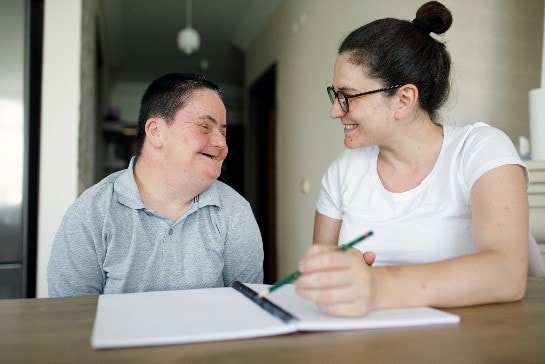DHDD Newsletter – March 2022
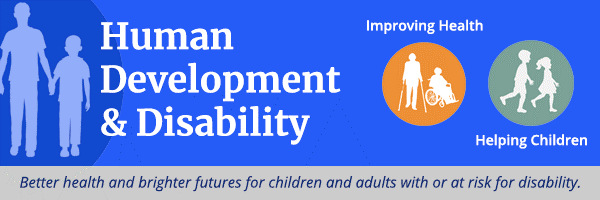
A Note from the Acting DHDD Director

Dear DHDD Partners,
Happy Spring! I hope you are all doing well and staying healthy. March is Women’s History Month. This year’s theme, “Providing Healing, Promoting Hope”, is a tribute to the work of caregivers and frontline workers during COVID-19, many of whom are women. Whether directly or indirectly, caregivers are a central audience for the work that we do at CDC, at DHDD, and collaboratively with you, our partners. This March, and every month, we celebrate the tireless efforts of caregivers for people they provide care and support to. As a reminder, we have developed a COVID-19 tip sheet for caregivers, along with several other resources for people with intellectual and developmental disabilities and caregivers. We are currently finalizing new COVID-19 Spanish-language resources for people with intellectual and developmental disabilities and caregivers and hope to have those available and posted on our site soon.
March is also National Developmental Disabilities Awareness Month. This year’s theme of “Worlds Imagined” acknowledges changes the world has gone through from pre- to post-COVID-19. The past two years have been extraordinarily challenging on a global scale, in particular for people at highest risk for severe outcomes from COVID-19 infection. However, this year’s theme is also about hope and optimism for a better future and opportunities for people with developmental disabilities. Last Friday, a new MMWR was released that examines health needs and use of services among children with developmental disabilities. You can read more about this MMWR, accompanying feature, and easy to read summary in the newsletter.
As you will note in the newsletter, DHDD continues to partner with the COVID-19 response to develop and post critical information in a variety of accessible formats. We recently posted easy to read information on COVID-19 booster shots and CDC’s Community Levels and related updated mask guidance. A new ASL on mental health is being developed and will be made available on CDC’s YouTube site soon. Please share these resources with your networks.
Best,
Blythe
In the Spotlight
Easy-to-Read Text for COVID-19 Vaccine Booster Shots and Community Level Masking
DHDD has collaborated with the COVID-19 response to develop new Easy-to-Read information on COVID-19 booster shots and CDC Community Levels. This information provides critical information in an accessible format for all people, including people with intellectual and developmental disabilities. These Easy-to-Read topics have been added to a longer list of existing content available here. Please share with your networks!
New Resources
Developmental Delays, Disorders, or Disabilities among US Children
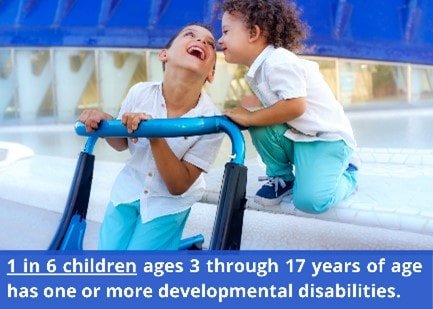
DHDD has released a feature, in English and Spanish, to correspond with CDC’s new report, Health Needs and Use of Services Among Children with Developmental Disabilities — United States, 2014–2018 MMWR. DHDD also created an Easy Read Summary in English and Spanish to accompany this report. Please share broadly!
Children with developmental disabilities (DD) often have increased needs for health care and services. Understanding how common DD are in US children can help to inform strategies for optimal health outcomes. Developmental Disabilities are common among US children and often occur together. Children with DD have greater health needs and a higher need for services than those without DD. Early identification and coordination of services could be instrumental to improve the health of children with DD and decrease their overall need for health-related services later in life.
Measuring Up Project
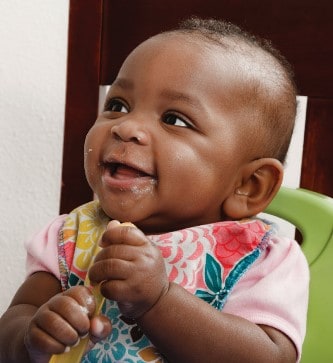
The Measuring Up project is a collaboration between Child Trends, a national child-focused research organization, and the National Center on Birth Defects and Developmental Disabilities (NCBDDD) at the Centers for Disease Control and Prevention (CDC), the Georgia Department of Public Health (GA-DPH), the U.S. Health Resources and Services Administration (HRSA), and the Marcus Autism Center (MAC).
The ultimate goal of the Measuring Up project is to help policymakers, researchers, and other individuals and organizations with an interest in early childhood development assess key policies, programs, and practices that affect the well-being of children from the prenatal period through age 3—both in terms of their strengths and the areas in which they need to improve. Access the Measuring Up executive summary here.
New Funding Opportunity
NCBDDD is developing the NOFO CDC-RFA-DD23-2301: Enhancing Public Health Surveillance of Autism Spectrum Disorder through the Autism and Developmental Disabilities Monitoring (ADDM) Network. This has been forecasted in Grants.gov. Please direct questions to Anita Washington at addm@cdc.gov.
COVID-19 and Disability: Systematic Review Now Available
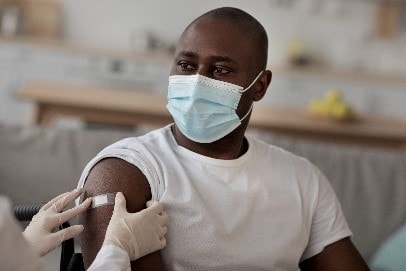
The systematic review justifying inclusion of disability on the CDC COVID-19 People with Certain Medical Conditions webpage is now available on CDC’s website. You can download the full report here: Brief Summary of Findings on the Association Between Disabilities and Severe COVID-19 Outcomes: CDC COVID-19 Scientific Brief
CDC’s Participation at the Virtual 2022 EHDI Annual Conference

CDC’s Early Hearing Detection and Intervention (EHDI) team attended the virtual 2022 EHDI Annual Conference (March 14—15) to connect with partners and stay up to date on the latest findings and advances in EHDI. The team also gave presentations on several topics, which generated productive conversations and were well-received by colleagues:
- Data Modernization Efforts Using the Annual Hearing Screening and Follow Up Survey
- Estimating the Prevalence of Genetic Testing among Children who are Deaf or Hard of Hearing using MarketScan Claims Data
- Receipt and Timeliness of Newborn Hearing Screening and Follow-Up Services in Four States Before and During the COVID-19 Pandemic
- Early Intervention Program Accountability: Assessing Developmental Outcomes at the Individual Child and Program Levels
Publications
Measuring state-level infant and toddler well-being in the United States: Gaps in data lead to gaps in understanding
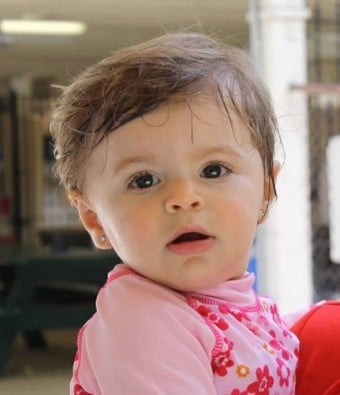
A new study in Child Indicators Research reviews indicators of well-being from the prenatal period to three years that meet certain a priori criteria. Child well-being varies across states, yet the field lacks a comprehensive review of infant and toddler indicators measured at the state-level. Most of the child-level indicators identified were in the physical health domain; relatively fewer indicators were found in the early cognition and language or social-emotional-behavioral domains. While some states are making progress toward developing integrated early childhood data systems, more work is needed to provide robust data on infant and toddler development. These results highlight the need to develop a broader range of indicators of infant and toddler well-being and improve measurement sources to better inform policies and programs advancing population health.
Pediatric Emergency Department Visits Associated with Mental Health Conditions Before and During the COVID-19 Pandemic — United States, January 2019–January 2022

A recent MMWR examined weekly ED visits among adolescent females (aged 12–17 years) and found visits increased for two mental health conditions (MHCs) (eating and tic disorders) during 2020, four (depression, eating, tic, and obsessive-compulsive disorders) during 2021, and five (anxiety; trauma and stressor-related; eating; tic; and obsessive-compulsive disorders) overall MHC visits during January 2022, compared with 2019. The proportion of ED visits with eating disorders doubled among adolescent females; those for tic disorders approximately tripled during the pandemic. Early identification and expanded evidence-based prevention and intervention strategies are critical to improving pediatric mental health, especially among adolescent females, who might have increased need.
Health Needs and Use of Services Among Children with Developmental Disabilities — United States, 2014–2018

A new CDC study found that 17.3% of US children between the ages of 3 and 17 in 2014 – 2018 had at least one developmental disability (DD), which is similar to estimates from earlier years. Researchers found that children with a DD were more likely to have limited abilities and special health needs than children without a DD. Compared to children without DD, children with DD were more likely to take prescription medication, receive mental health or specialized health care provider services, and were 18 times as likely to receive special education or early intervention services. DD are common, and children with DD often need substantial health care and education services. Observed inequities in service receipt by race and ethnicity, poverty level, and insurance coverage, among others, deserve further investigation to develop and implement strategies to ensure that all children with DD have access to the care and services that they need to thrive.
Pre- and Postnatal Fine Particulate Matter Exposure and Childhood Cognitive and Adaptive Function

A new CDC study published in the International Journal of Environmental Research and Public Health, explored the link between exposure to fine particulate matter (PM₂.₅) and neurodevelopmental outcomes among children with autism spectrum disorder (ASD), other developmental disabilities or delays (DD), and from a population control group (POP). PM₂.₅ is pollution in the air that is too small to see. PM₂.₅ is in smoke from fires, as well as emissions from power plants, industrial facilities, and cars and trucks. This study found that PM₂.₅ exposure was associated with poorer scores in several areas of adaptive behavior, including daily living skills and socialization, and lower scores in cognitive functioning for ASD, DD, and POP groups. These data suggest that early life exposure to PM₂.₅ is associated with specific aspects of cognitive and adaptive functioning in children with and without ASD.
